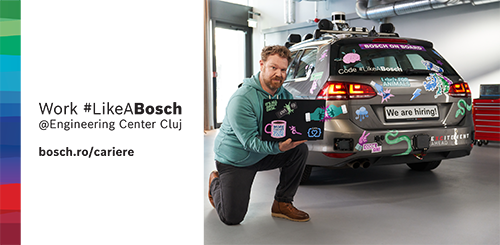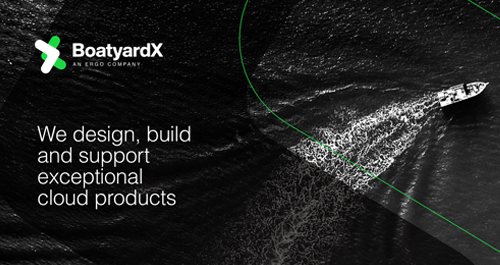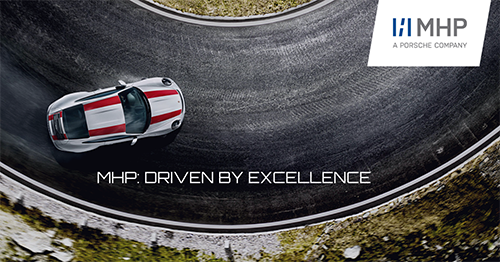Editorial
At his year’s IT Days event, one of the most voted presentations was on quality. The presentation was about the process of manufacturing a large number of electronic components that can last tens of years despite extreme and intensive usage. Quality can generate a software platform, an operating system, and make an online service run for a very long time without interruption while some updates occur in parallel. Creating quality products and services is not only about development, but also about the test cycle. We have recently visited automotive R&D and production sites. I was particularly impressed by the testing laboratory. The steps to test electronic components are numerous and deal with material aspects such as: Physics, electronics, thermal treatment, microscopics, humidity, explosion/overheating and even spectometrics if necessary. Compared to the testing time of a software product, subjecting physical products to testing involves a long time which can stretch up to several months. Despite the fact that there are automatic tests in production, which facilitate the visual inspection of electronic components through AI, in the testing laboratory each connection is analyzed manually under the microscope, if necessary. As developer who ran development teams, I can say that testing a product usually last a couple of days for software products. We could ask ourselves if software testing is not too lenient towards possible errors. Beyond any software testing specifics, perhaps we should learn something about testing time and duration from hardware manufacturers. Fast does not always equal profitable, especially if the product has millions of users. Even if users have got used to patches and updates, we should ask ourselves: How would it be if the software I develop and test could last 20 years?
Read more






























